

The house mouse is a highly successful mammal and has been labeled a “mammalian weed” because it is so widely distributed on the planet, adapting to many different environments. The mouse can infest many areas within buildings and live in close proximity to people due to its small size and secretive behaviors. Under conducive environmental conditions, the house mouse is a prolific breeder.
Over time, urban areas containing fragmented food and harborage sites may contain hundreds and even thousands of mice depending on the local conditions. Indoor populations of mice have relatively short home ranges, with nests contracted in many different structural locations. The house mouse is unpredictable and erratic in its feeding behaviors, but tends to be an opportunist on most human foods.
Identifying the house mouse:
- Length of adult body – 2.5-3.75in/65-95mm
- Length of tail – 3.75in/95mm
- Height of skull – 0.25in/6mm
- Adult weight – .5-1.1oz/3.30g
- Juvenile weight – 0.2-0.4oz/6-12g
- Length of hind foot – 20mm
- Toes on front foot – 4
- Toes on hind foot – 5
- Breeding life (females) – 6-10 litters
- Litter size – 5-6
- Gestation period – 18-21 days
- Age at weaning – 21 days
- Age at mating – 6-10 weeks
- Breeding season – All year inside buildings
- Home range inside building varies – 6-30ft/2-10m
- Lifespan – 1-2 years
One female can have 60 offspring in her life. Before her life is over her offspring can have 270 offspring. That’s 330 offspring, from one mouse!
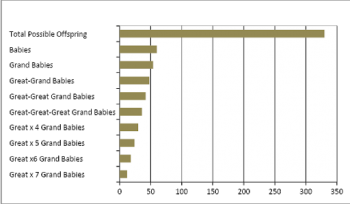

Nests and Nest Locations
A rodent’s nest provides a place for resting, birthing, rearing the young, grooming off dirt and ectoparasites, and for protection from the elements, predators, and other mice. A good nest and nest location is necessary for survival. The female mouse spends much time and energy collecting nesting materials and constructing nests. Nest- building activity in the female is especially pronounced just prior to her giving birth and prior to the onset of cold weather. Because of its small size, the house mouse can nest in many different structural nooks and crannies inside buildings, as well as within many different types of stationary items and objects. In this regard, the mouse has an advantage over the larger rat. Mice have been discovered nesting within the shell of a hollowed-out hard roll inside of bakeries (after first consuming the bread).
It is to the rodent’s advantage to locate its nest in warm areas close to food and water inside buildings. Many different structural and appliance voids can accommodate rodents in this nesting. For example, mice are often found nesting in the voids of stoves, dishwashers, and refrigerators. Or they nest in the bases of cabinets or wall voids near these appliances. These are important points to keep in mind during mouse control inspections.
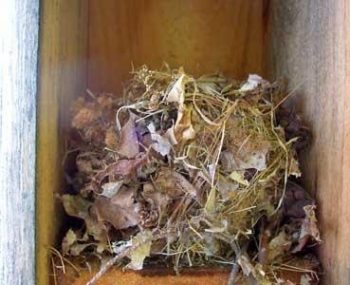

Nests are also commonly established within the insulated walls of building or commercial coolers and freezers. If needed, the mouse will line the nest with materials that provide bedding and insulation from the cold using paper, cardboard, plastic, fabric, string, leaves, vegetation stems, and virtually any other material the mouse can readily find. Research has shown that pregnant female mouse may make as many as 150 or more errands to collect nesting material during the course of just one night. Depending on the availability of space and nesting materials, nests may be elaborate in form, such as a globular ball that encompasses the mouse, or merely comprised of skimpy platform with a few pieces.
When controlling mice, Anteater Exterminating, Inc. utilizes an integrated pest management approach. The environment, the sanitation, the harborage, and the access are all critical elements to control. Placement of traps or stations should be done in all areas of known activity. The rodent control devices must be placed correctly to be effective. Often control trap installation requires access so some appliances or storage items may need to be moved.
2 T-Rex Tension traps inside Protecta Evo®
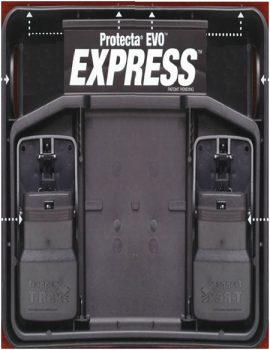

Tin Cat®
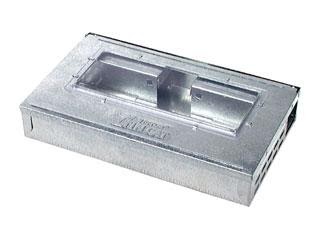

Catch Master® Glue Boards
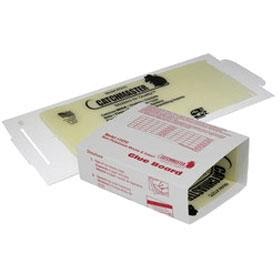

Mechanical exclusion can also help prevent mice infestations. Mice can enter a home through any opening the size of a dime! The cracks or holes should be located and sealed with a sturdy material.
When doing a rodent control intensive, the Anteater Exterminating, Inc. technician will install all needed rodent control devices and provide a plan to follow up as needed. The Anteater Exterminating, Inc. service technician can also provide you with a written proposal to address any needed mechanical exclusion work.
